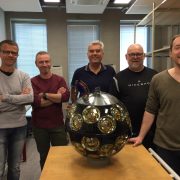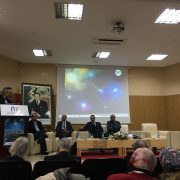Launch of ESCAPE cluster for Open Science
20 November 2018 – As an ESFRI research infrastructure for neutrino astronomy and particle physics, KM3NeT actively participates in the new ESCAPE science cluster that will address Open Science data challenges shared by the participating European large research infrastructures for astronomy and particle physics. Early 2019, ESCAPE will be launched officially. Read the press release and the project summary.

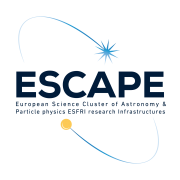
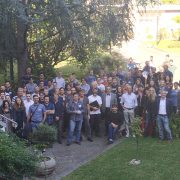
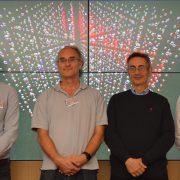
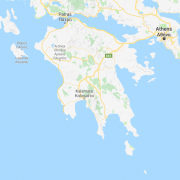
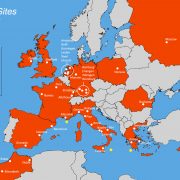
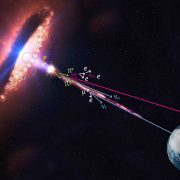
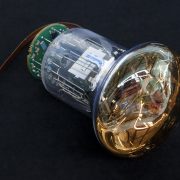 31 May 2018 – Each KM3NeT
31 May 2018 – Each KM3NeT 